
COLIN SIMPSON
Visiting Abandoned Village at Scotland’s St Kilda
St Kilda, Scotland
THE first Arctic skua zipped in from the side, forcing me to duck as it flew straight towards my head. Its mate, fast and agile, joined in the attack, and with my hands protecting my face I retreated hastily back the way I’d come down a grassy slope overlooking a bay.
The birds nest on the ground, and I’d inadvertently wandered too close to this pair’s eggs, triggering their protective instincts. The aerial assault subsided as I moved a safe distance away.
I was on Hirta, the largest of the four rocky islands that make up the St Kilda archipelago, one of the most remote points in the British Isles. The islands jut out of the Atlantic 112 miles west of mainland Scotland.
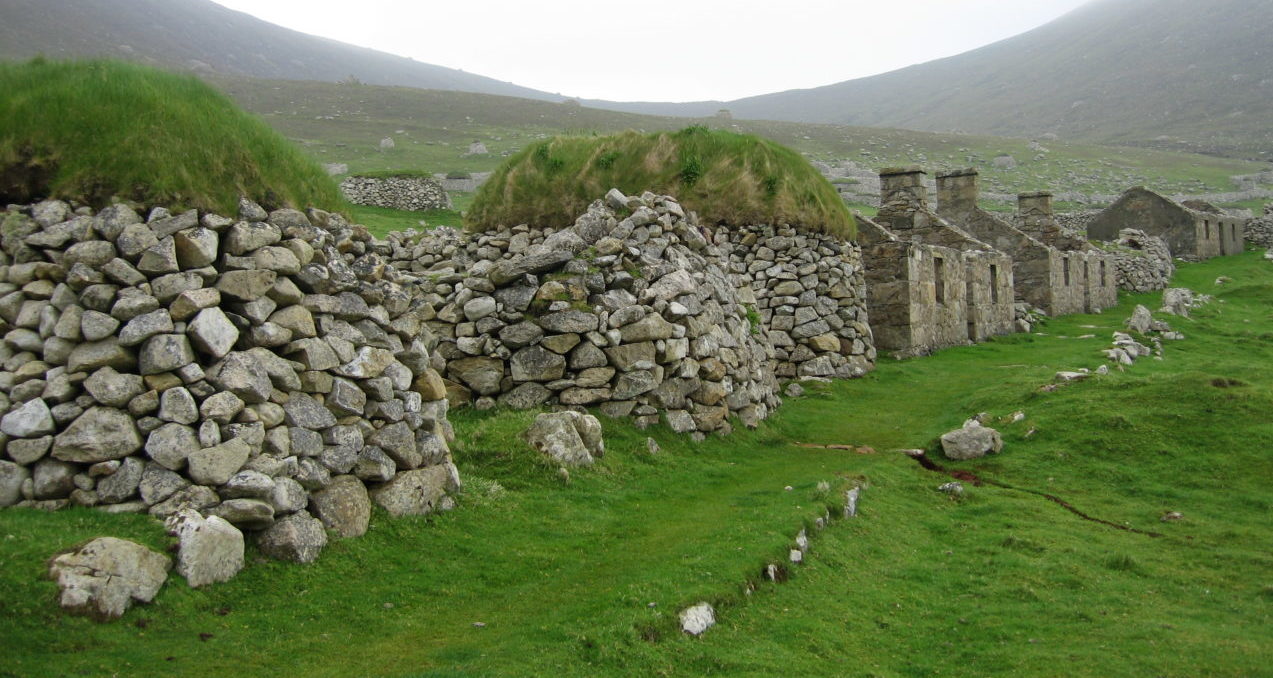
The hardy people who once lived there had a lot more to contend with than aggressive skuas – isolation, savage Atlantic storms with 140 mph gales, a monotonous diet (mainly eggs and seabirds), devastating cholera and smallpox epidemics, and the need to scale vertiginous cliffs and stacs to collect those eggs and birds. Disease was spread by tourists who came to gawp at them.
If they needed additional supplies or other assistance they would put letters in “mailboats”, waterproof containers attached to a float such as an inflated sheep bladder, which they tossed into the sea. The hope was that they would wash ashore on other islands or the mainland and be found by people who would help. The St Kildans’ predicament was made worse by a Free Church of Scotland minister who banned music and dancing, and insisted that they attended prayer meetings instead of going fishing.
Eventually it all became too much, and the remaining 36 islanders were evacuated to the mainland at their own request in 1930 on HMS Harebell, ending 4,000 years of occupation. Their story inspired a 1937 film, The Edge of the World.
The islanders left behind their village on Hirta – the only island that was inhabited – consisting of a single street of stone-walled houses built in the 19th century to replace earlier dwellings known as black houses that still stand, their roofs covered with turf.
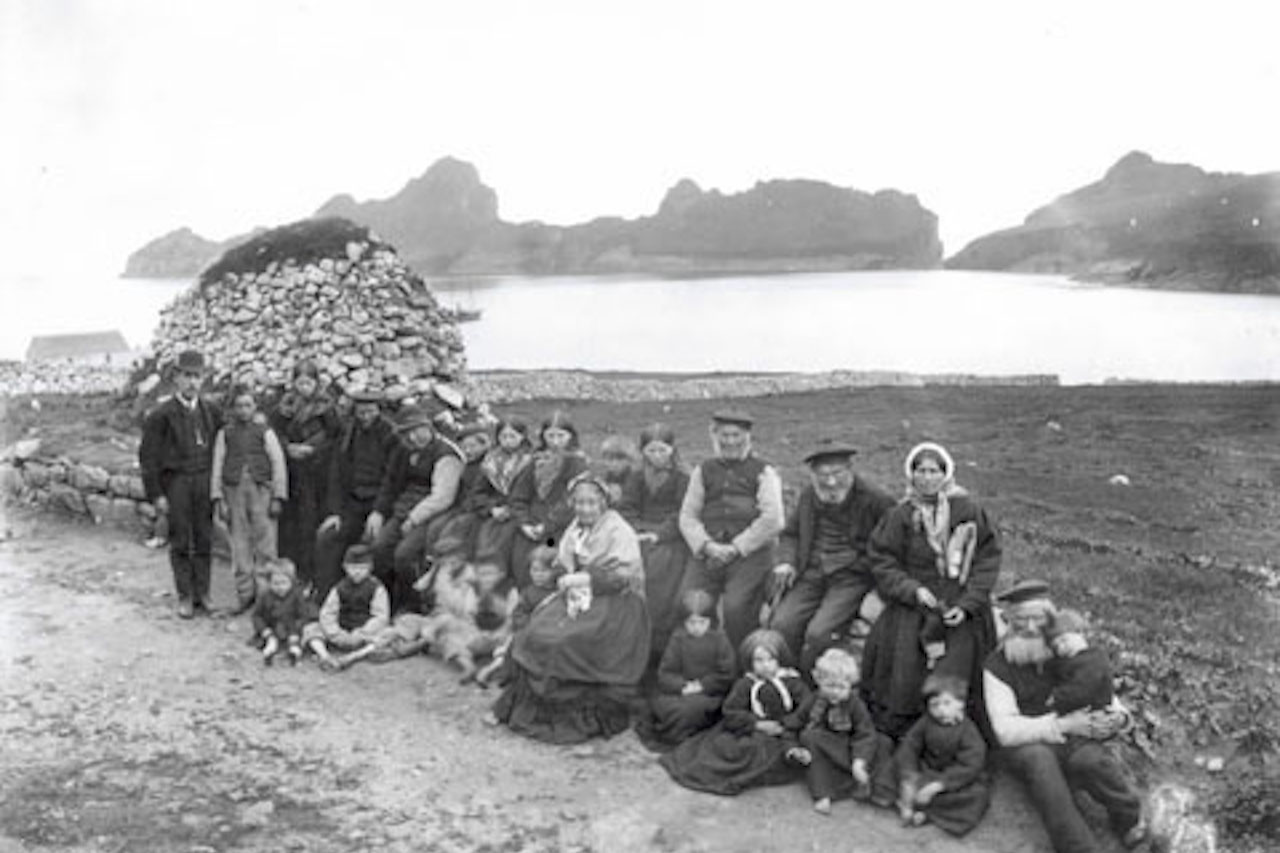
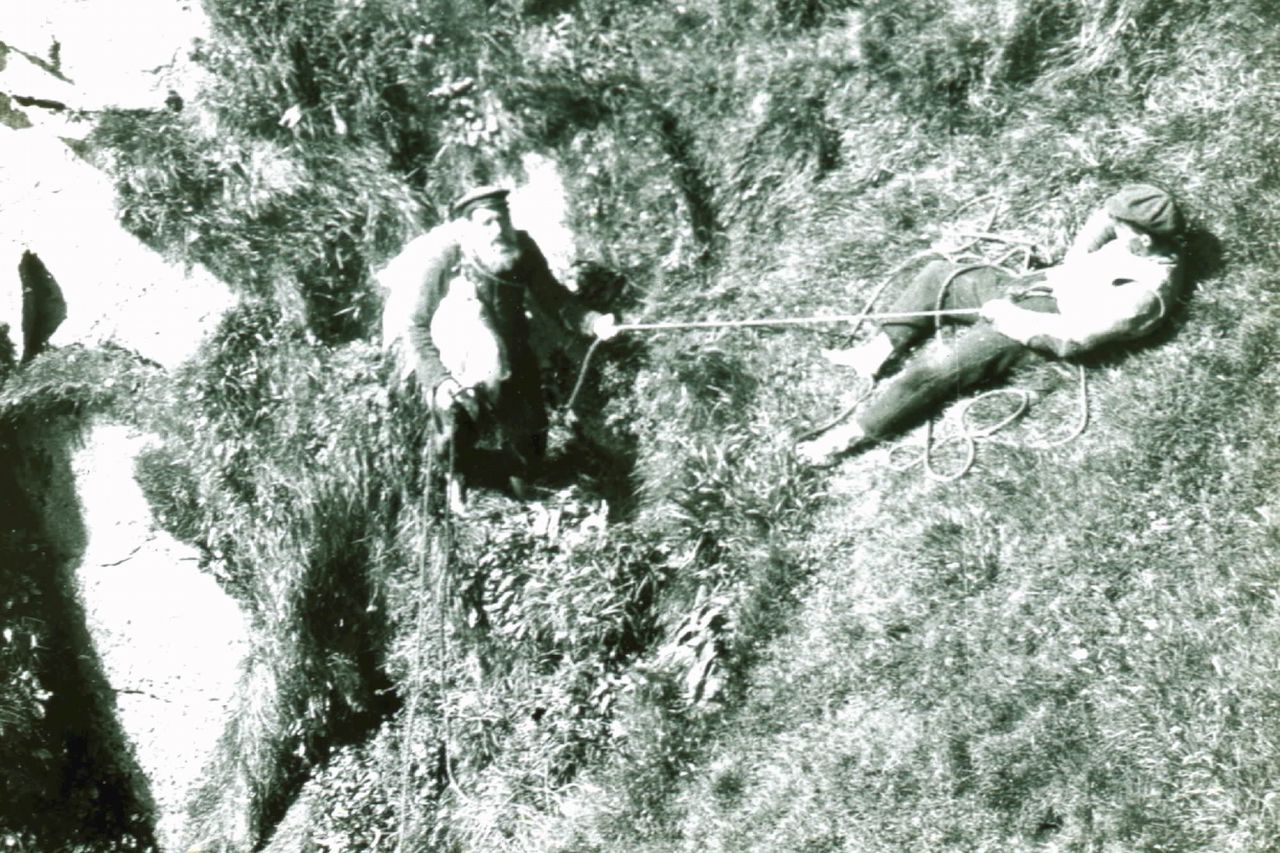

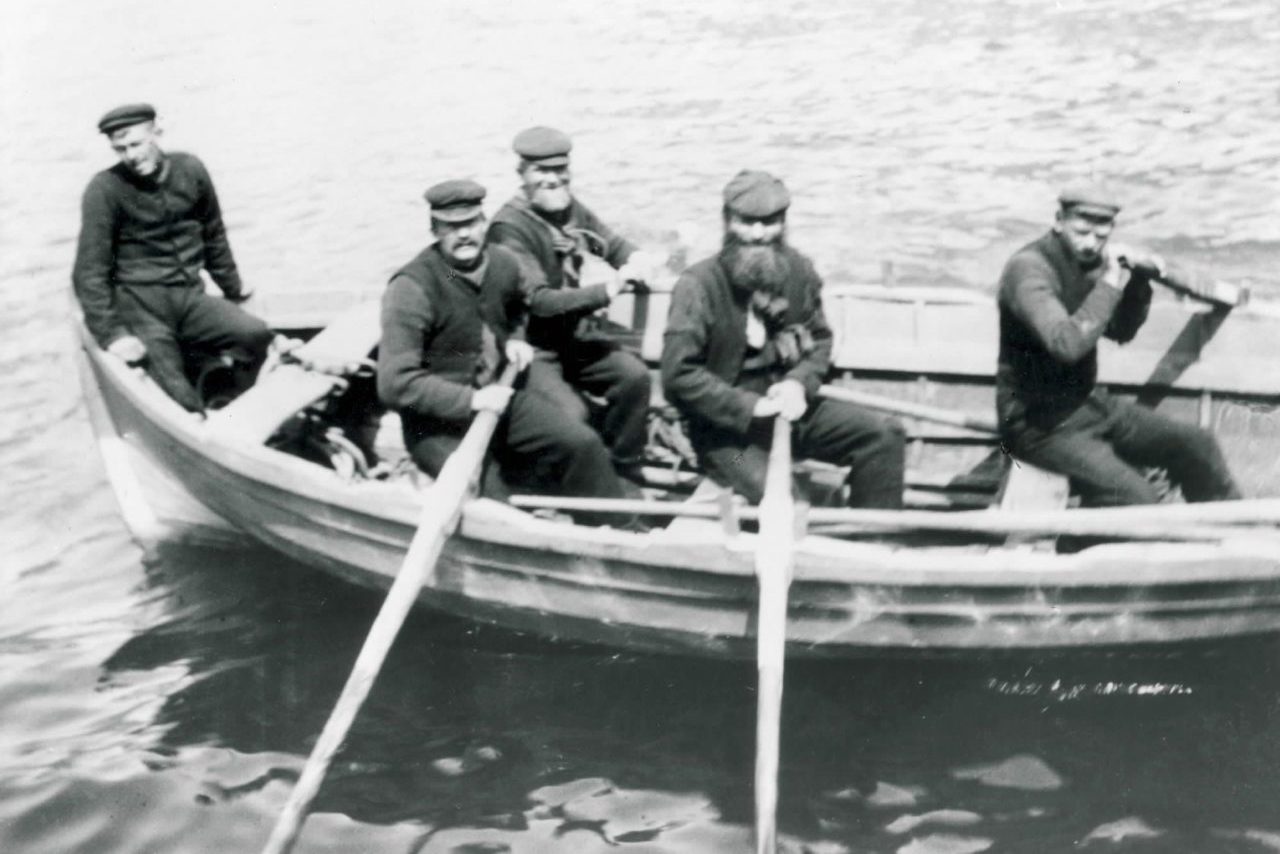
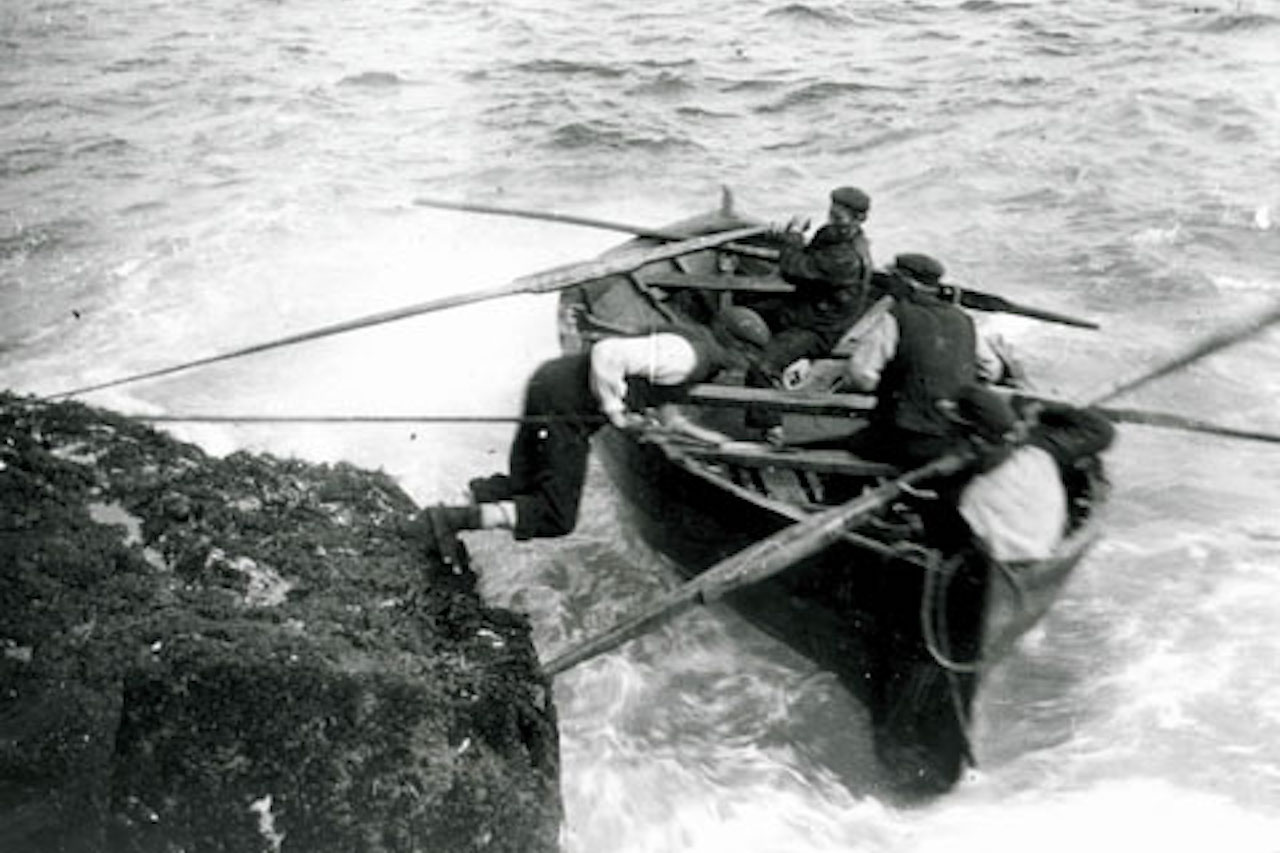

A number of operators offer day trips to the islands between April and September. I used Kilda Cruises, whose boats depart from Harris, and was pleased with the service. It’s also possible to travel from the islands of Lewis and Skye. The trips are expensive.
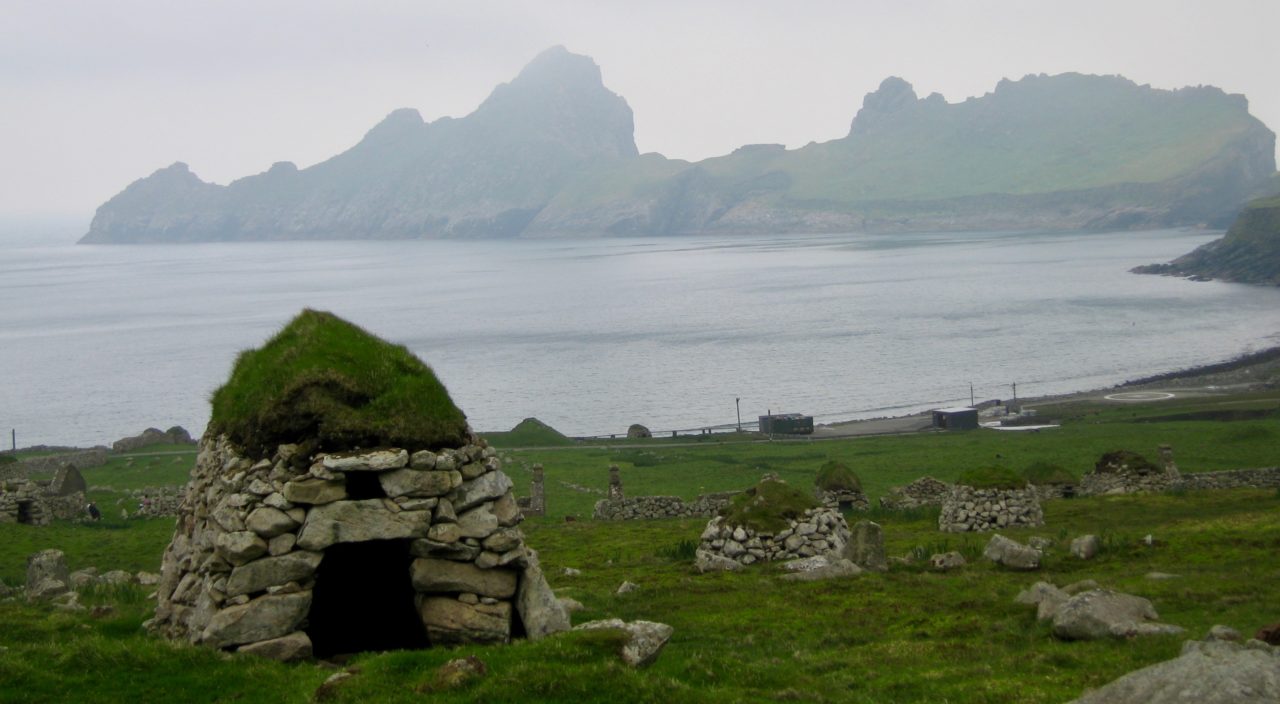
The three-hour boat journey started gently enough, but I began to feel queasy as the vessel picked up speed and the ride became bumpy. Once we reached Hirta we were free to explore as we wished, though we were told to always keep the village in sight, otherwise we could get lost and perhaps even topple off a cliff.
The row of ruined houses set against the rugged landscape grabbed the eye, and the fact that it was a hazy day with grey skies contributed to the melancholy atmosphere.
In the fireplaces of some of the houses were slates with the names of the former inhabitants written on them – Rachel MacDonald in number 16, Old Blind Callum in number eight – adding to a sense of sadness and loss that seemed to hang over the island. The graveyard was another poignant reminder of the individuals who once lived in this beautiful but harsh place. A small museum in a restored house gave more information about the lives and final days of the islanders.
The last surviving native resident, Rachel Johnson, died aged 93 in Clydebank in 2016. She was eight when she, her family and the other remaining islanders left in 1930. Before the evacuation she was lowered by rope from clifftops to gather eggs.
St Kilda belongs to the National Trust for Scotland and is the UK’s only dual UNESCO World Heritage Site – listed for both its natural and cultural importance. These days it’s occupied by the staff of a small military base and, in the summer, trust employees and work parties.
There are around a million seabirds on the islands, including huge puffin, gannet and fulmar colonies, as well as a unique wren. There is a species of large fieldmouse found nowhere else, and Soay sheep – a breed that dates from the Iron Age – roam freely on Hirta.
When we returned to the boat beneath lightening skies we were taken to view the birds as they soared noisily around the other islands – Boreray, Dun and Soay – and nearby sea stacs and roosted on rocky perches. Gazing up at the towering cliffs, it was remarkable to think of the islanders routinely clambering on them to gather eggs and birds. A spectacular end to a memorable day.
Verdict: Fabulous never-to-be-forgotten trip combining nature and social history.
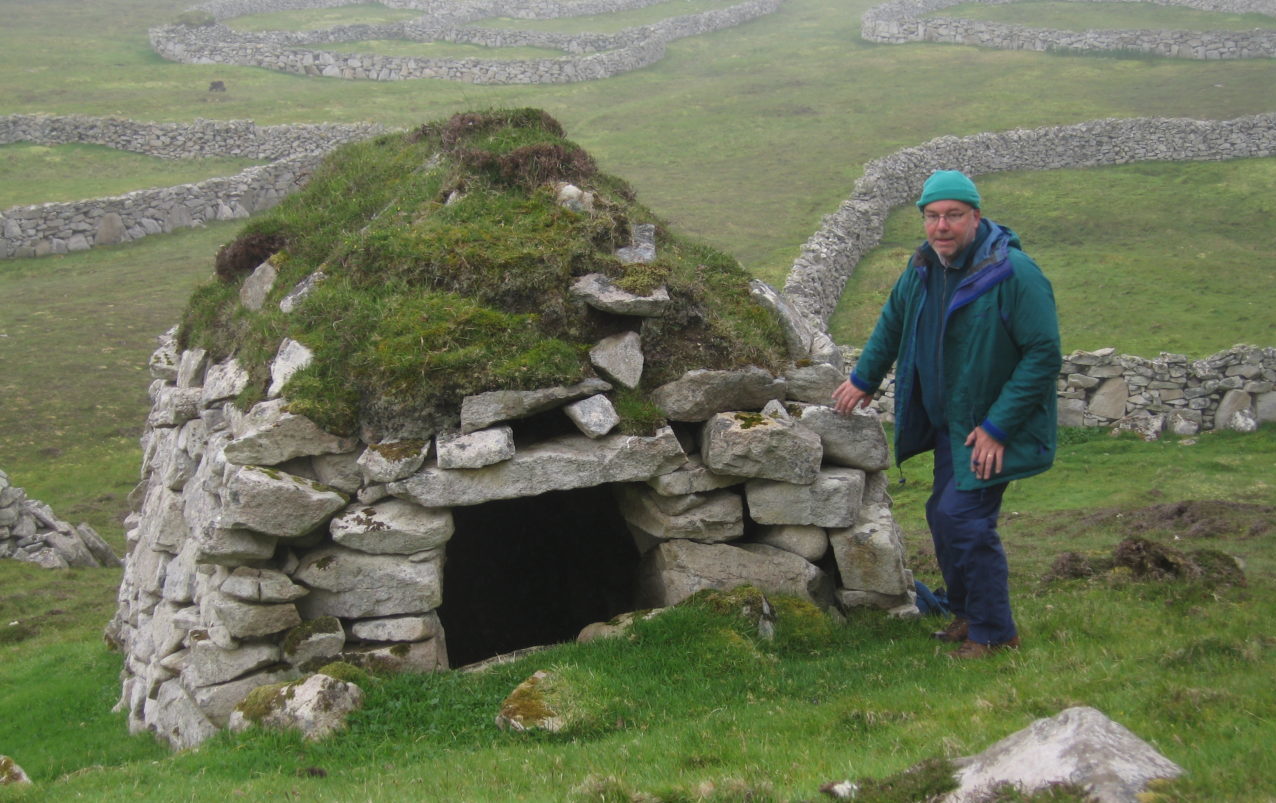
Top tips: Take a packed lunch – there are no food outlets on Hirta, though there is a drinking water tap. The Puff Inn, a canteen for military and Trust staff, is not open to the public. Mobile phones don’t work on St Kilda, and there’s no internet access. There are public toilets and a souvenir shop. Wear warm clothes and walking boots or similar, and take waterproofs – remember, this is Scotland.
May 2019
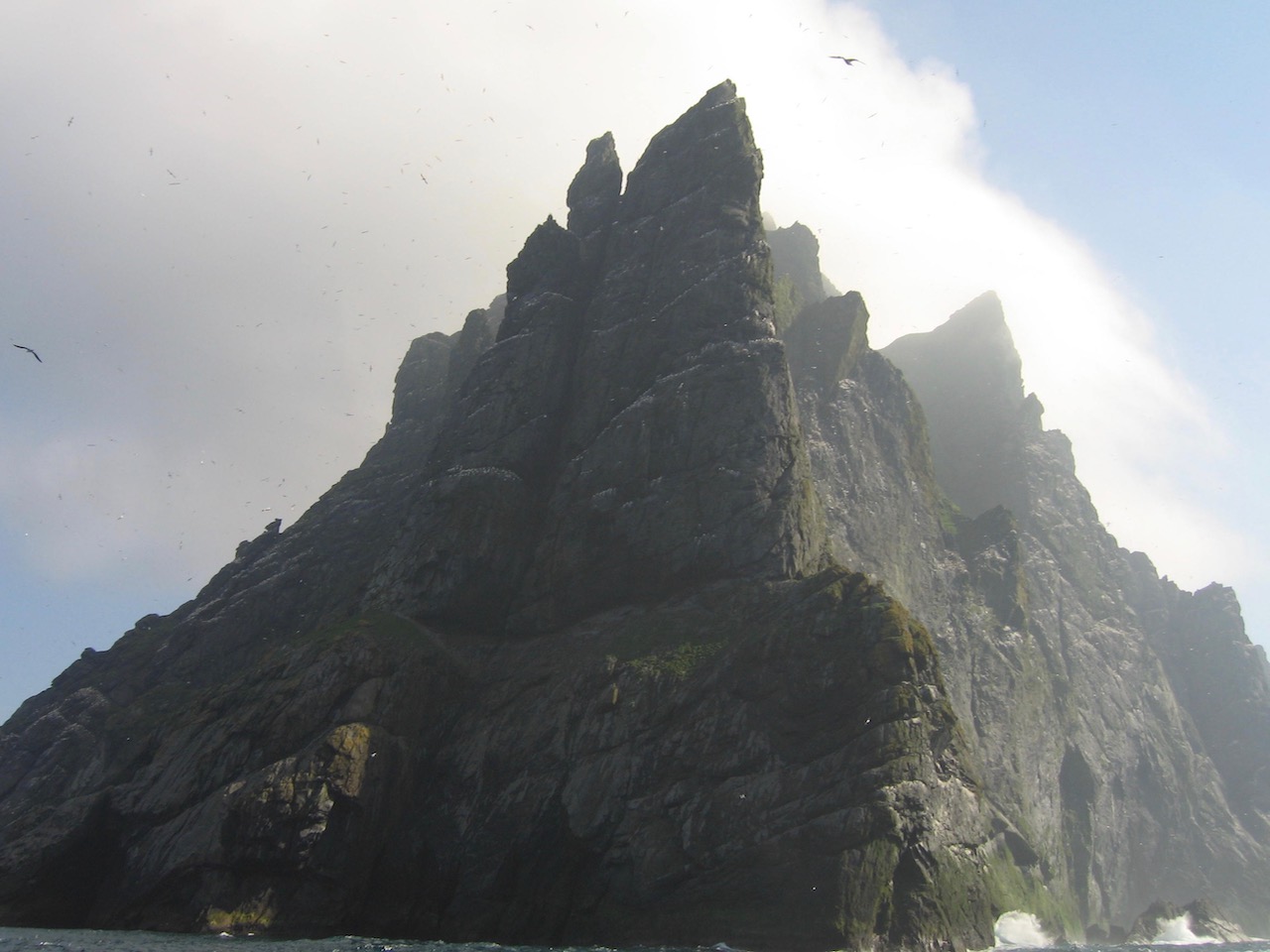
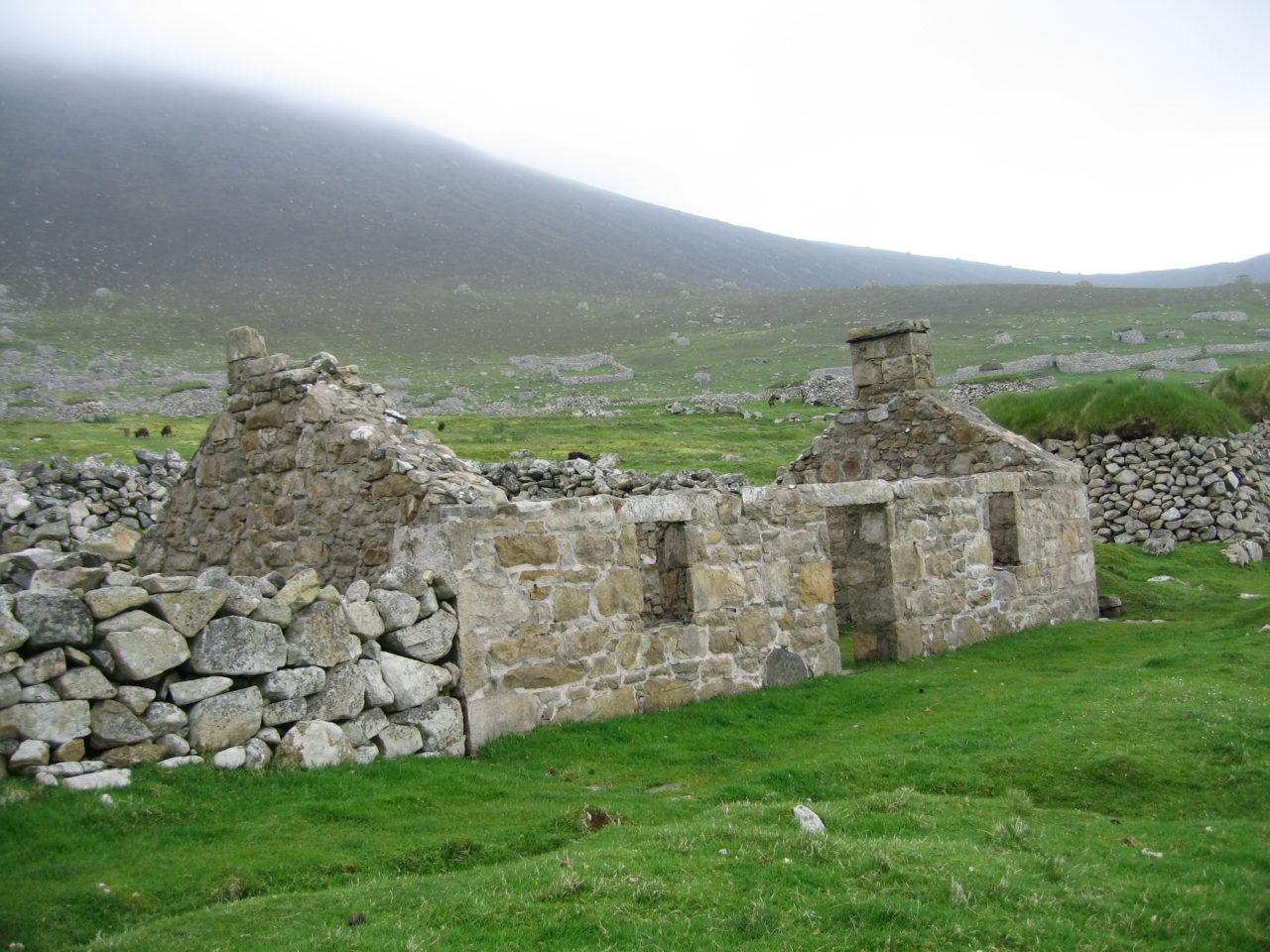

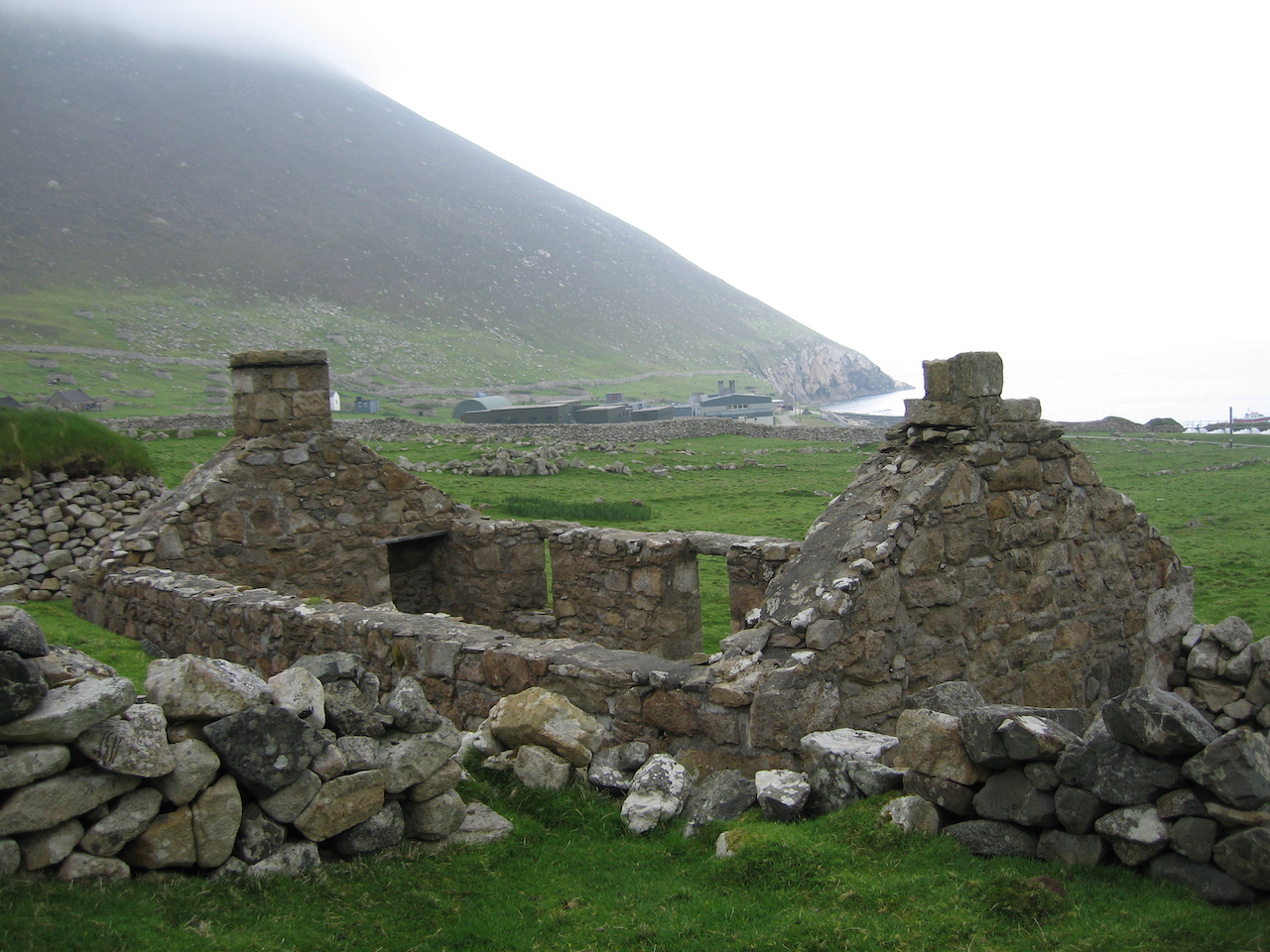
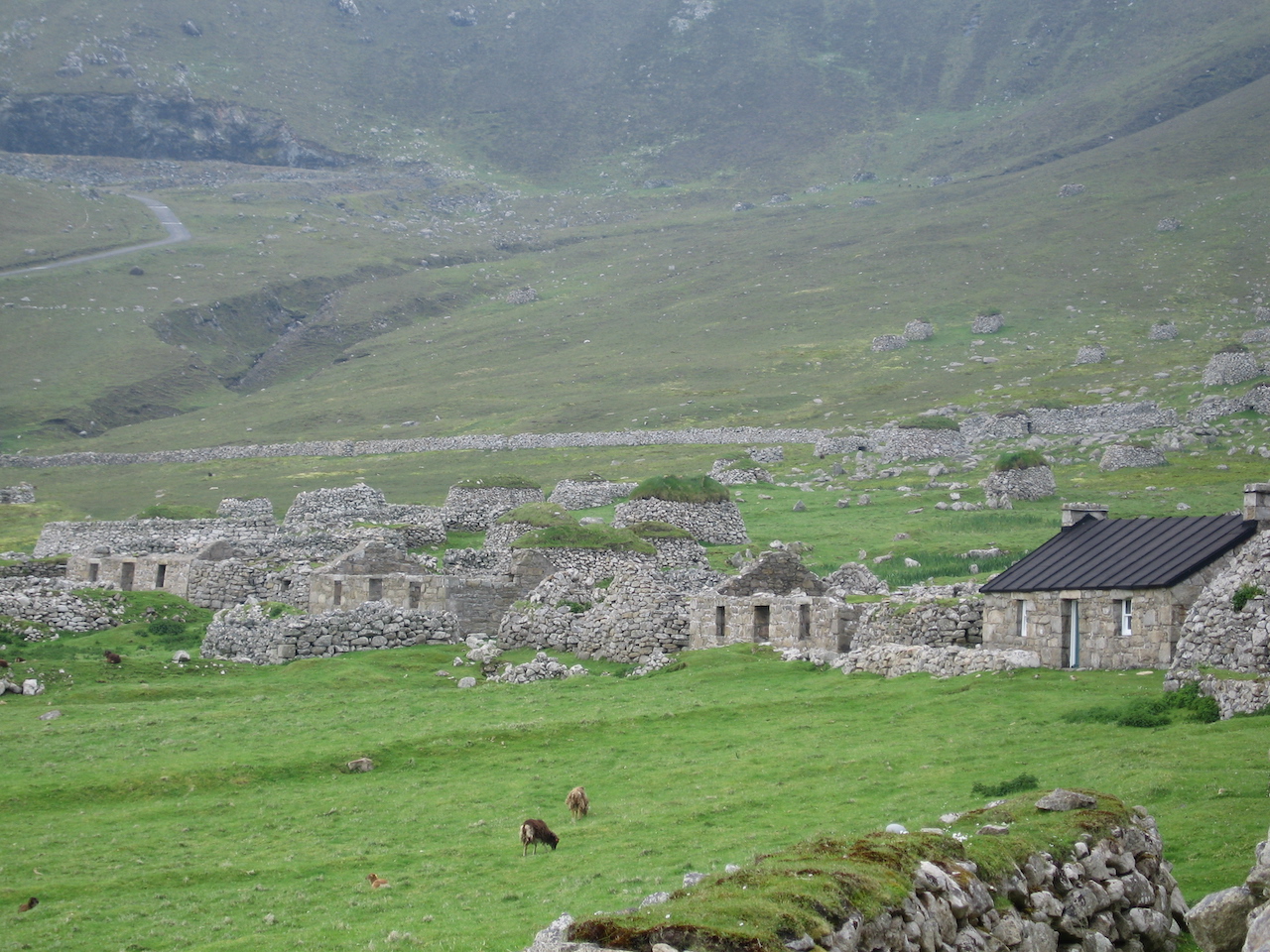
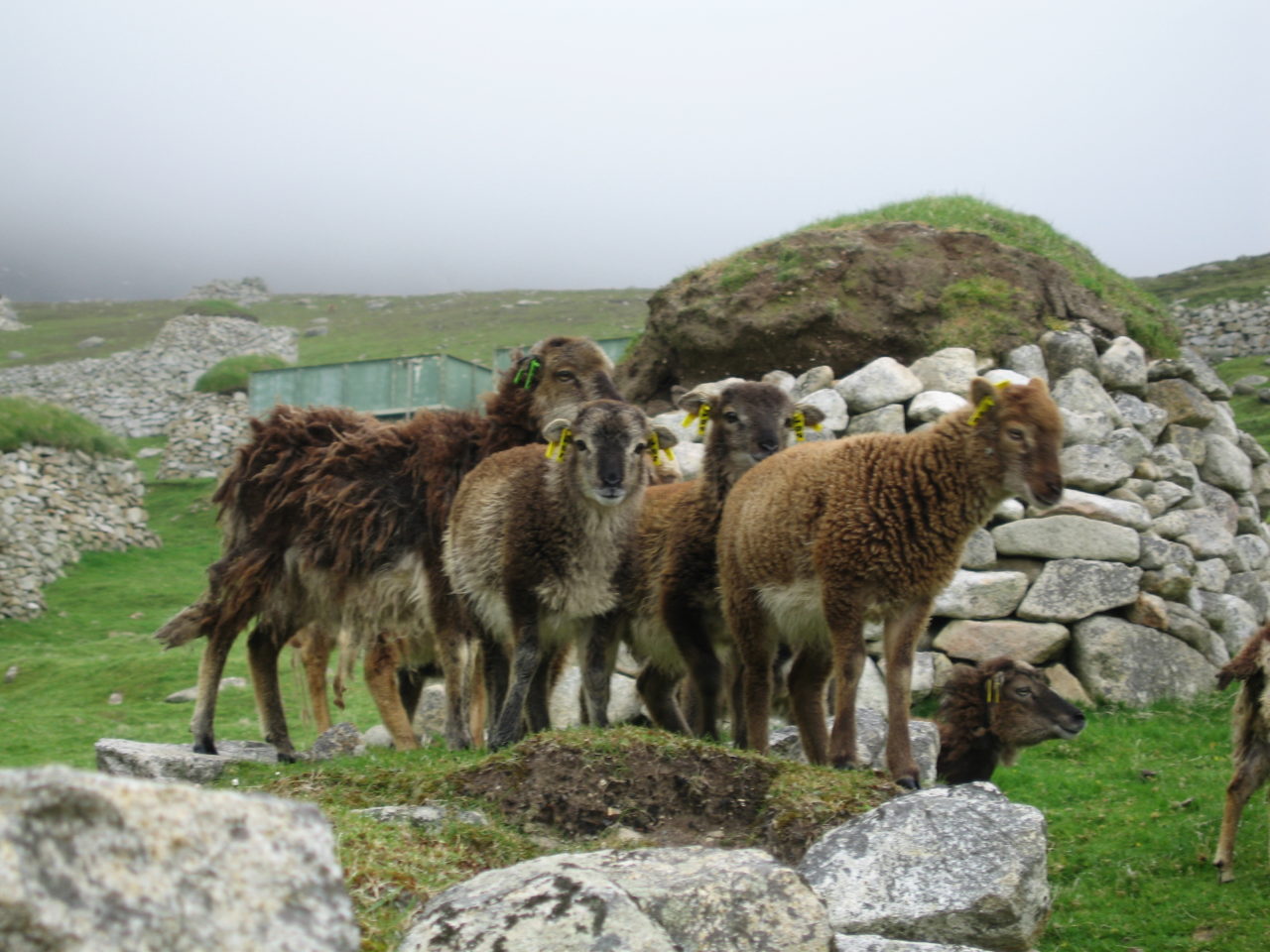
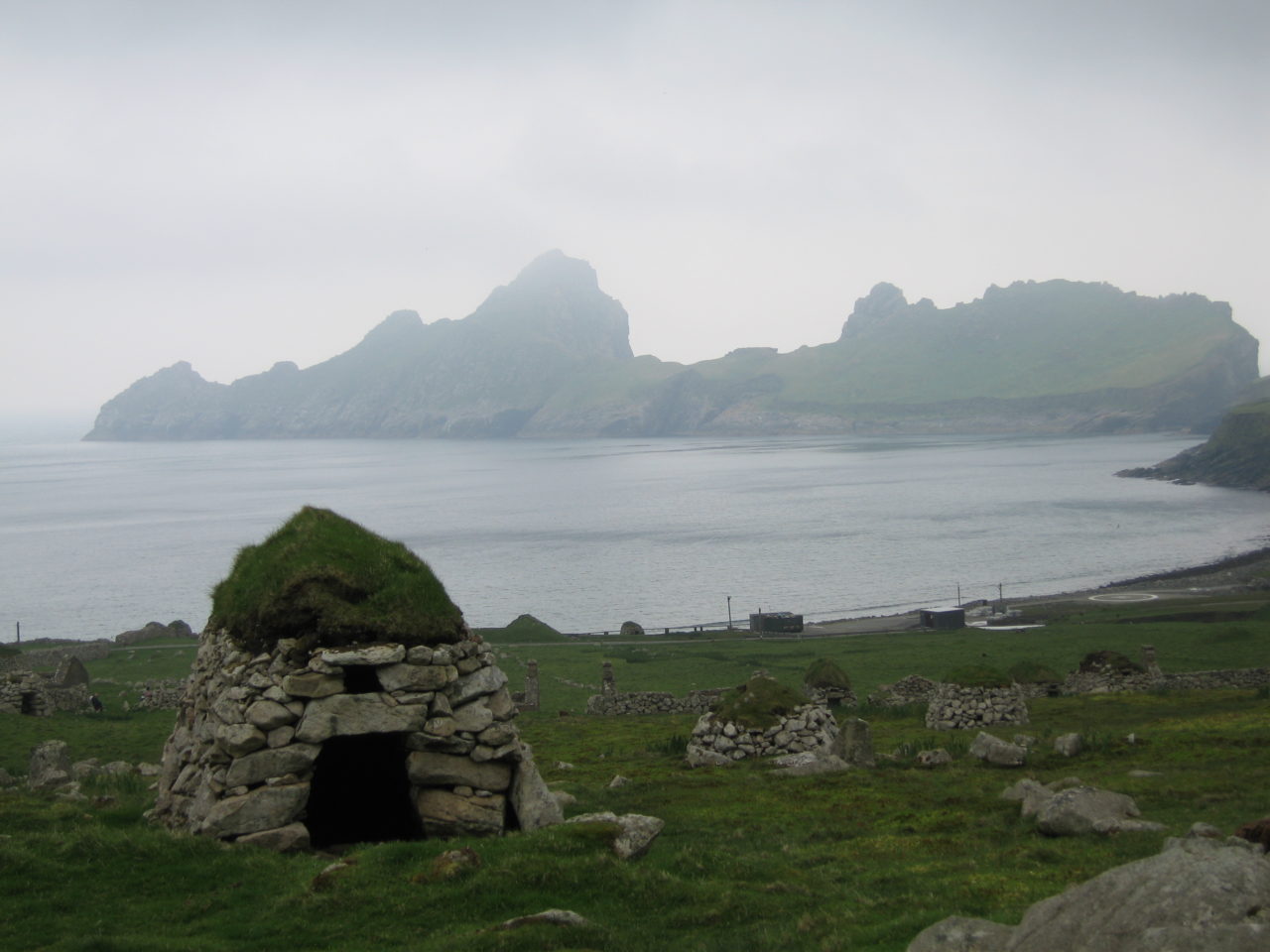

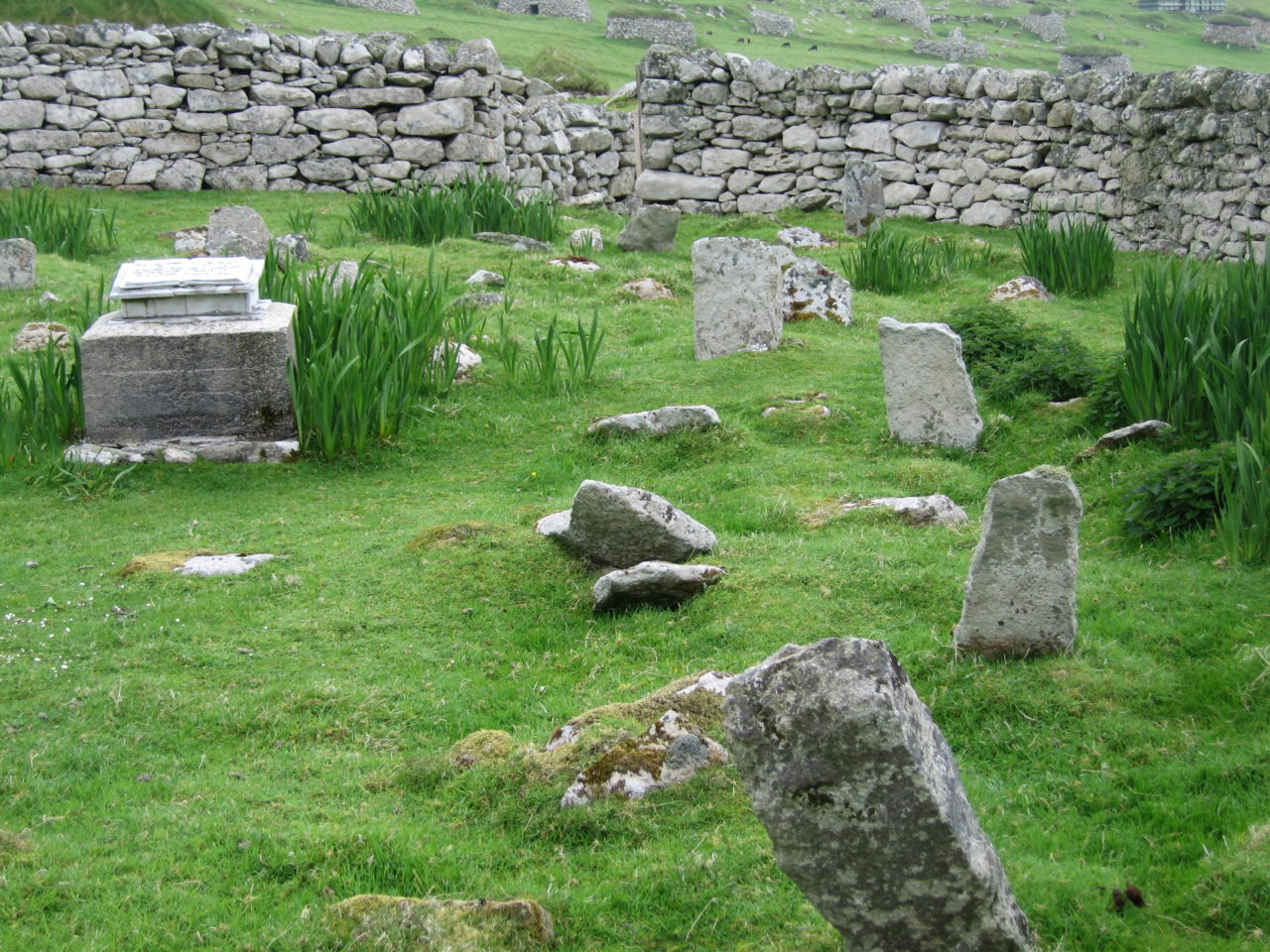
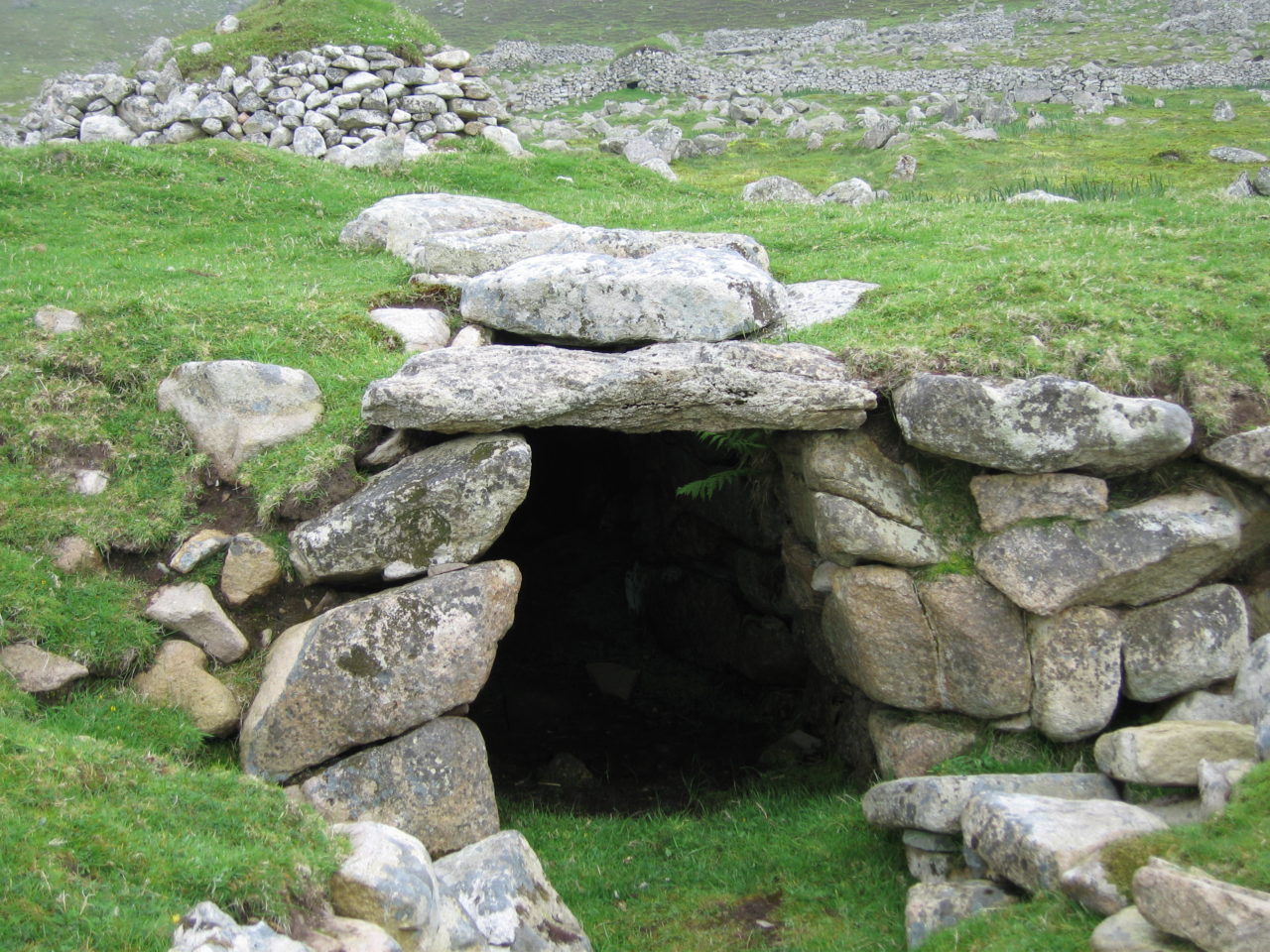


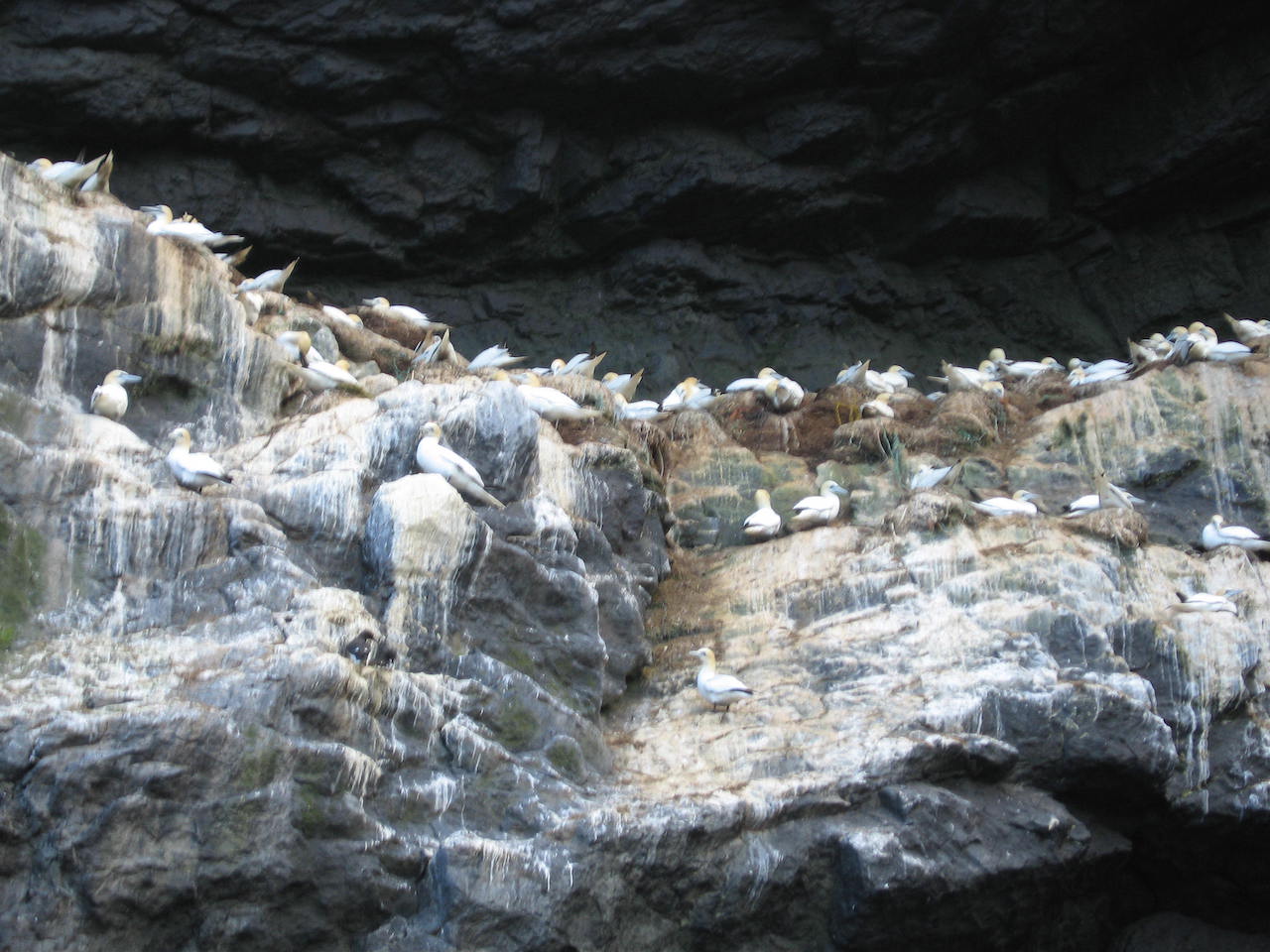
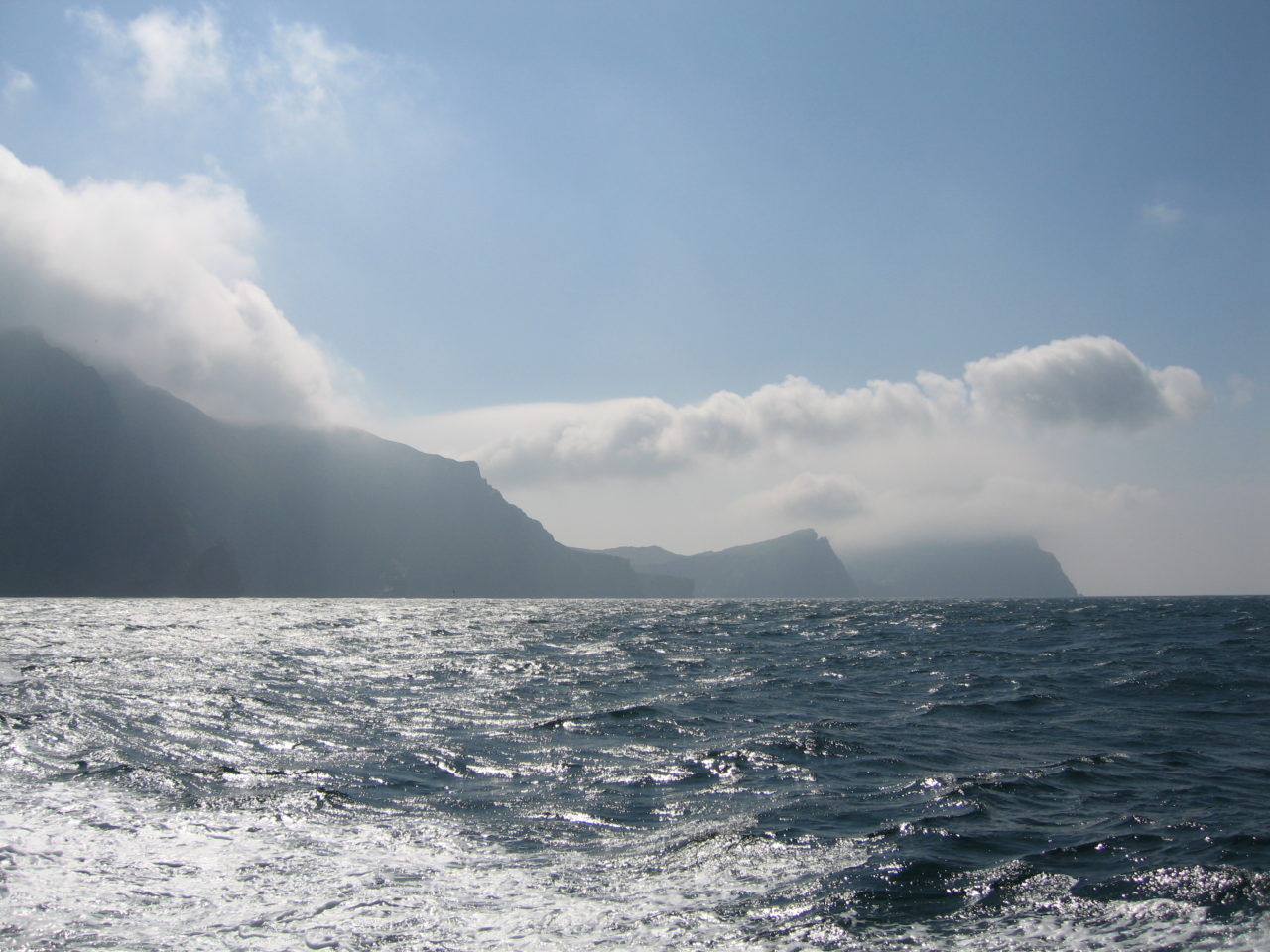
MORE INFO
 THE ST KILDA PAGE on the National Trust for Scotland’s site has plenty of information and lots of great photos. READ MORE
THE ST KILDA PAGE on the National Trust for Scotland’s site has plenty of information and lots of great photos. READ MORE
RECOMMENDED
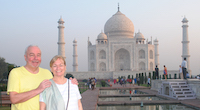 WELCOME TO OUR WORLD! Afaranwide’s home page – this is where you can find out about our latest posts and other highlights. READ MORE
WELCOME TO OUR WORLD! Afaranwide’s home page – this is where you can find out about our latest posts and other highlights. READ MORE
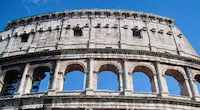 TOP 10 VIRTUAL ATTRACTIONS: Many of the world’s most popular tourists sites are closed because of the coronavirus crisis, but you can still visit them virtually while you’re self-isolating. READ MORE
TOP 10 VIRTUAL ATTRACTIONS: Many of the world’s most popular tourists sites are closed because of the coronavirus crisis, but you can still visit them virtually while you’re self-isolating. READ MORE
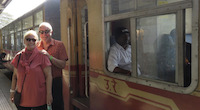 SHIMLA, QUEEN OF THE HILLS: Government officials once retreated to Shimla in the foothills of the Himalayas to escape India’s blazing hot summers. Now tourists make the same journey. READ MORE
SHIMLA, QUEEN OF THE HILLS: Government officials once retreated to Shimla in the foothills of the Himalayas to escape India’s blazing hot summers. Now tourists make the same journey. READ MORE
 TEN THINGS WE LEARNED: Our up-to-the-minute guide to creating a website, one step at a time. The costs, the mistakes – it’s what we wish we’d known when we started blogging. READ MORE
TEN THINGS WE LEARNED: Our up-to-the-minute guide to creating a website, one step at a time. The costs, the mistakes – it’s what we wish we’d known when we started blogging. READ MORE
 TROUBLED TIMES FOR EXPATS: Moving abroad can seem an idyllic prospect, but what happens when sudden upheavals or the inescapable realities of life intrude? READ MORE
TROUBLED TIMES FOR EXPATS: Moving abroad can seem an idyllic prospect, but what happens when sudden upheavals or the inescapable realities of life intrude? READ MORE
LET'S KEEP IN TOUCH!
Day Trip to the
Edge of the World

COLIN SIMPSON
Visiting Abandoned Village at Scotland’s St Kilda
St Kilda, Scotland
THE first Arctic skua zipped in from the side, forcing me to duck as it flew straight towards my head. Its mate, fast and agile, joined in the attack, and with my hands protecting my face I retreated hastily back the way I’d come down a grassy slope overlooking a bay.
The birds nest on the ground, and I’d inadvertently wandered too close to this pair’s eggs, triggering their protective instincts. The aerial assault subsided as I moved a safe distance away.
I was on Hirta, the largest of the four rocky islands that make up the St Kilda archipelago, one of the most remote points in the British Isles. The islands jut out of the Atlantic 112 miles west of mainland Scotland.

The hardy people who once lived there had a lot more to contend with than aggressive skuas – isolation, savage Atlantic storms with 140 mph gales, a monotonous diet (mainly eggs and seabirds), devastating cholera and smallpox epidemics, and the need to scale vertiginous cliffs and stacs to collect those eggs and birds. Disease was spread by tourists who came to gawp at them.
If they needed additional supplies or other assistance they would put letters in “mailboats”, waterproof containers attached to a float such as an inflated sheep bladder, which they tossed into the sea. The hope was that they would wash ashore on other islands or the mainland and be found by people who would help. The St Kildans’ predicament was made worse by a Free Church of Scotland minister who banned music and dancing, and insisted that they attended prayer meetings instead of going fishing.
Eventually it all became too much, and the remaining 36 islanders were evacuated to the mainland at their own request in 1930 on HMS Harebell, ending 4,000 years of occupation. Their story inspired a 1937 film, The Edge of the World.
The islanders left behind their village on Hirta – the only island that was inhabited – consisting of a single street of stone-walled houses built in the 19th century to replace earlier dwellings known as black houses that still stand, their roofs covered with turf.






A number of operators offer day trips to the islands between April and September. I used Kilda Cruises, whose boats depart from Harris, and was pleased with the service. It’s also possible to travel from the islands of Lewis and Skye. The trips are expensive.

The three-hour boat journey started gently enough, but I began to feel queasy as the vessel picked up speed and the ride became bumpy. Once we reached Hirta we were free to explore as we wished, though we were told to always keep the village in sight, otherwise we could get lost and perhaps even topple off a cliff.
The row of ruined houses set against the rugged landscape grabbed the eye, and the fact that it was a hazy day with grey skies contributed to the melancholy atmosphere.
In the fireplaces of some of the houses were slates with the names of the former inhabitants written on them – Rachel MacDonald in number 16, Old Blind Callum in number eight – adding to a sense of sadness and loss that seemed to hang over the island. The graveyard was another poignant reminder of the individuals who once lived in this beautiful but harsh place. A small museum in a restored house gave more information about the lives and final days of the islanders.
The last surviving native resident, Rachel Johnson, died aged 93 in Clydebank in 2016. She was eight when she, her family and the other remaining islanders left in 1930. Before the evacuation she was lowered by rope from clifftops to gather eggs.
St Kilda belongs to the National Trust for Scotland and is the UK’s only dual UNESCO World Heritage Site – listed for both its natural and cultural importance. These days it’s occupied by the staff of a small military base and, in the summer, trust employees and work parties.
There are around a million seabirds on the islands, including huge puffin, gannet and fulmar colonies, as well as a unique wren. There is a species of large fieldmouse found nowhere else, and Soay sheep – a breed that dates from the Iron Age – roam freely on Hirta.
When we returned to the boat beneath lightening skies we were taken to view the birds as they soared noisily around the other islands – Boreray, Dun and Soay – and nearby sea stacs and roosted on rocky perches. Gazing up at the towering cliffs, it was remarkable to think of the islanders routinely clambering on them to gather eggs and birds. A spectacular end to a memorable day.
Verdict: Fabulous never-to-be-forgotten trip combining nature and social history.

Top tips: Take a packed lunch – there are no food outlets on Hirta, though there is a drinking water tap. The Puff Inn, a canteen for military and Trust staff, is not open to the public. Mobile phones don’t work on St Kilda, and there’s no internet access. There are public toilets and a souvenir shop. Wear warm clothes and walking boots or similar, and take waterproofs – remember, this is Scotland.
May 2019














MORE INFO
 THE ST KILDA PAGE on the National Trust for Scotland’s site has plenty of information and lots of great photos. READ MORE
THE ST KILDA PAGE on the National Trust for Scotland’s site has plenty of information and lots of great photos. READ MORE
RECOMMENDED
 WELCOME TO OUR WORLD! Afaranwide’s home page – this is where you can find out about our latest posts and other highlights. READ MORE
WELCOME TO OUR WORLD! Afaranwide’s home page – this is where you can find out about our latest posts and other highlights. READ MORE
 TOP 10 VIRTUAL ATTRACTIONS: Many of the world’s most popular tourists sites are closed because of the coronavirus crisis, but you can still visit them virtually while you’re self-isolating. READ MORE
TOP 10 VIRTUAL ATTRACTIONS: Many of the world’s most popular tourists sites are closed because of the coronavirus crisis, but you can still visit them virtually while you’re self-isolating. READ MORE
 SHIMLA, QUEEN OF THE HILLS: Government officials once retreated to Shimla in the foothills of the Himalayas to escape India’s blazing hot summers. Now tourists make the same journey. READ MORE
SHIMLA, QUEEN OF THE HILLS: Government officials once retreated to Shimla in the foothills of the Himalayas to escape India’s blazing hot summers. Now tourists make the same journey. READ MORE
 TEN THINGS WE LEARNED: Our up-to-the-minute guide to creating a website, one step at a time. The costs, the mistakes – it’s what we wish we’d known when we started blogging. READ MORE
TEN THINGS WE LEARNED: Our up-to-the-minute guide to creating a website, one step at a time. The costs, the mistakes – it’s what we wish we’d known when we started blogging. READ MORE
 TROUBLED TIMES FOR EXPATS: Moving abroad can seem an idyllic prospect, but what happens when sudden upheavals or the inescapable realities of life intrude? READ MORE
TROUBLED TIMES FOR EXPATS: Moving abroad can seem an idyllic prospect, but what happens when sudden upheavals or the inescapable realities of life intrude? READ MORE
LET'S KEEP IN TOUCH!
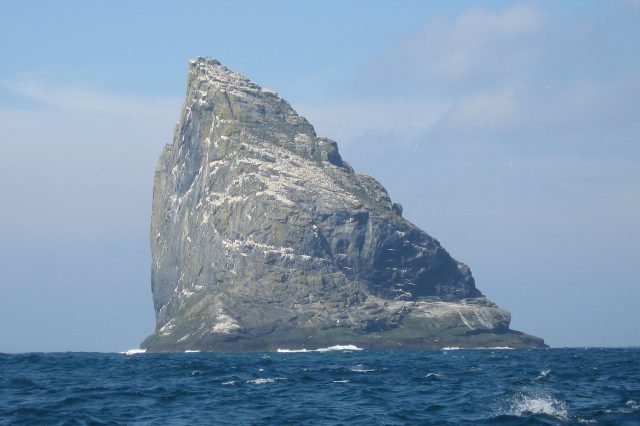
Day Trip to the Edge of the World
Visiting Abandoned Village at Scotland’s St Kilda

COLIN SIMPSON
St Kilda, Scotland
THE first Arctic skua zipped in from the side, forcing me to duck as it flew straight towards my head. Its mate, fast and agile, joined in the attack, and with my hands protecting my face I retreated hastily back the way I’d come down a grassy slope overlooking a bay.
The birds nest on the ground, and I’d inadvertently wandered too close to this pair’s eggs, triggering their protective instincts. The aerial assault subsided as I moved a safe distance away.
I was on Hirta, the largest of the four rocky islands that make up the St Kilda archipelago, one of the most remote points in the British Isles. The islands jut out of the Atlantic 112 miles west of mainland Scotland.

The hardy people who once lived there had a lot more to contend with than aggressive skuas – isolation, savage Atlantic storms with 140 mph gales, a monotonous diet (mainly eggs and seabirds), devastating cholera and smallpox epidemics, and the need to scale vertiginous cliffs and stacs to collect those eggs and birds. Disease was spread by tourists who came to gawp at them.
If they needed additional supplies or other assistance they would put letters in “mailboats”, waterproof containers attached to a float such as an inflated sheep bladder, which they tossed into the sea. The hope was that they would wash ashore on other islands or the mainland and be found by people who would help.
The St Kildans’ predicament was made worse by a Free Church of Scotland minister who banned music and dancing, and insisted that they attended prayer meetings instead of going fishing.
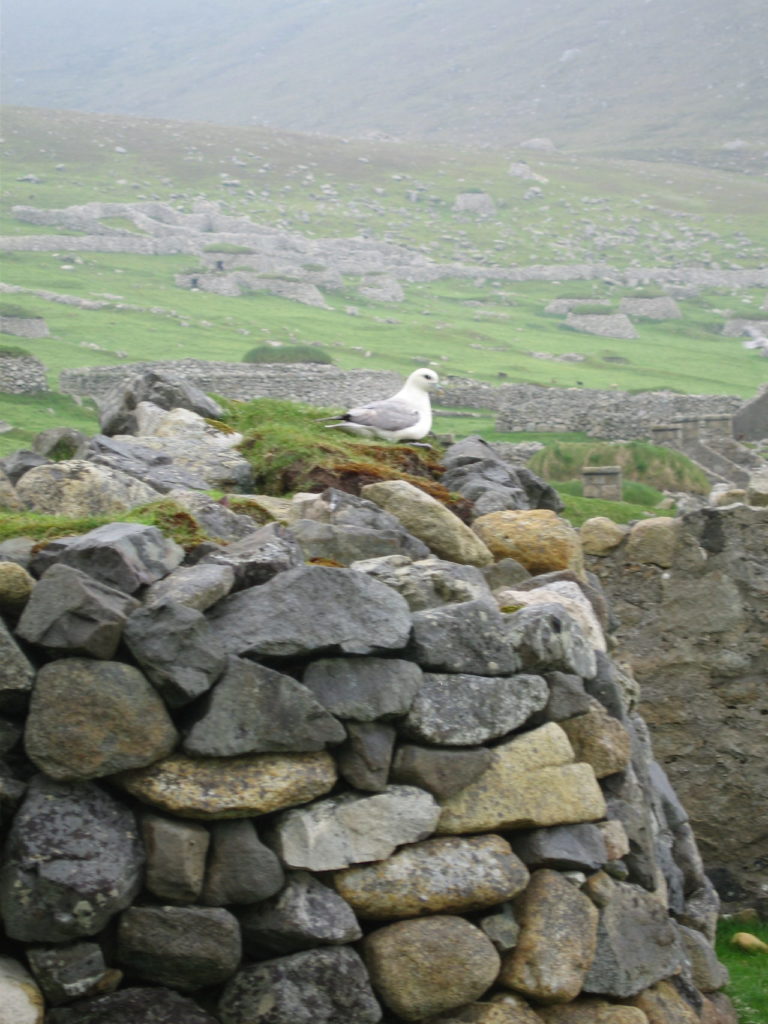

Eventually it all became too much, and the remaining 36 islanders were evacuated to the mainland at their own request in 1930 on HMS Harebell, ending 4,000 years of occupation. Their story inspired a 1937 film, The Edge of the World.
The islanders left behind their village on Hirta – the only island that was inhabited – consisting of a single street of stone-walled houses built in the 19th century to replace earlier dwellings known as black houses that still stand, their roofs covered with turf.
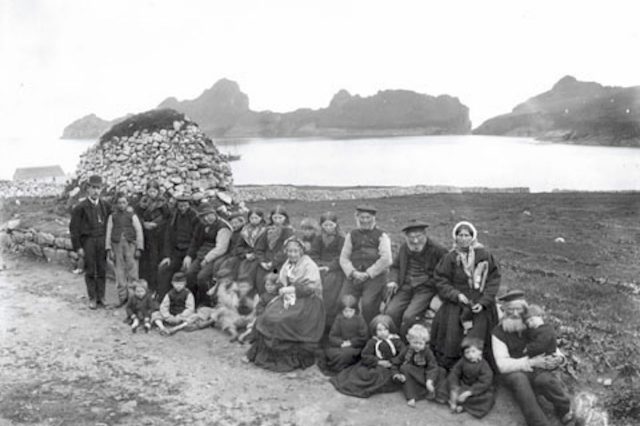
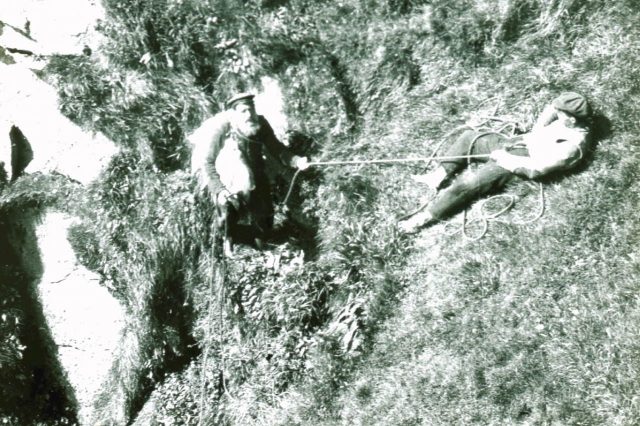


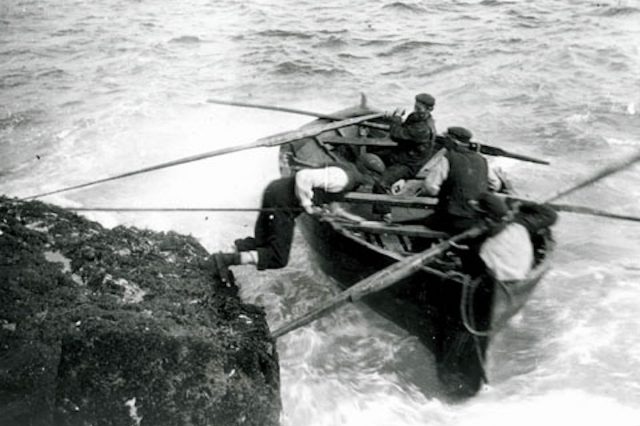

A number of operators offer day trips to the islands between April and September. I used Kilda Cruises, whose boats depart from Harris, and was pleased with the service. It’s also possible to travel from the islands of Lewis and Skye. The trips are expensive.

The three-hour boat journey started gently enough, but I began to feel queasy as the vessel picked up speed and the ride became bumpy. Once we reached Hirta we were free to explore as we wished, though we were told to always keep the village in sight, otherwise we could get lost and perhaps even topple off a cliff.
The row of ruined houses set against the rugged landscape grabbed the eye, and the fact that it was a hazy day with grey skies contributed to the melancholy atmosphere.
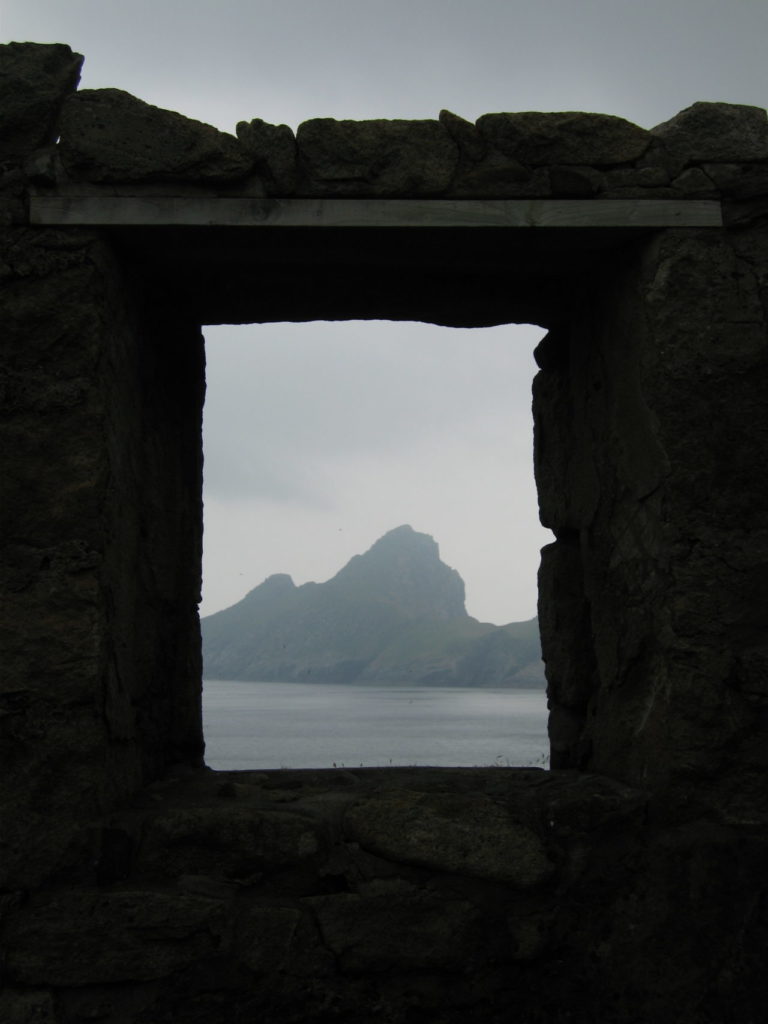
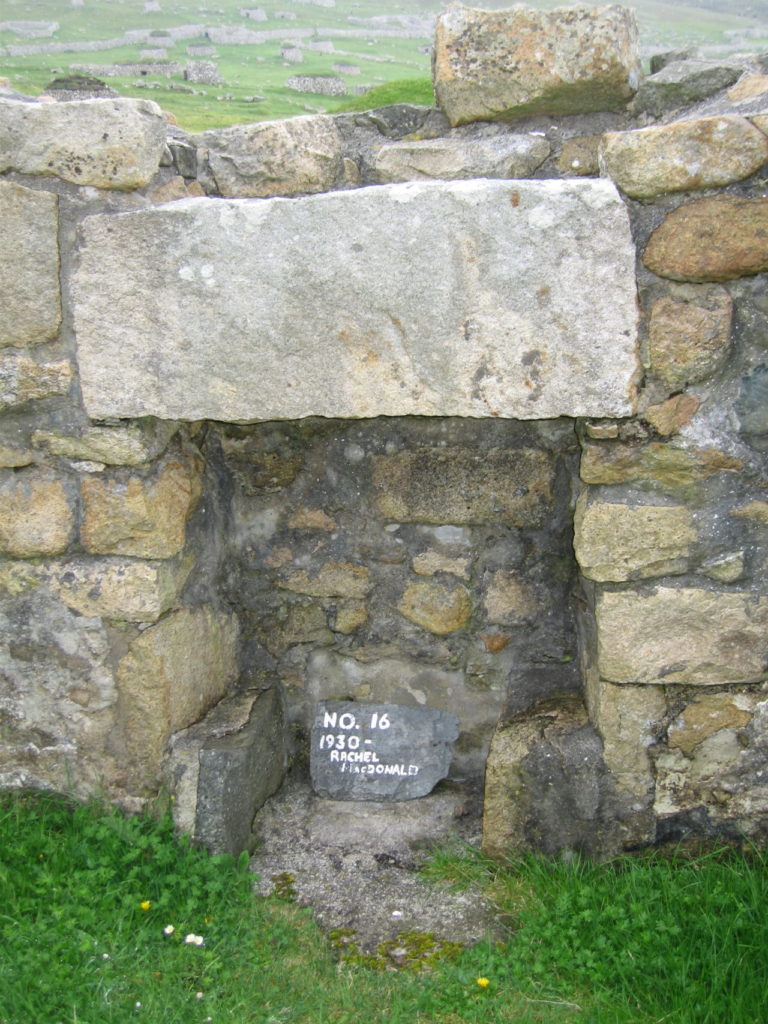
In the fireplaces of some of the houses were slates with the names of the former inhabitants written on them – Rachel MacDonald in number 16, Old Blind Callum in number eight – adding to a sense of sadness and loss that seemed to hang over the island.
The graveyard was another poignant reminder of the individuals who once lived in this beautiful but harsh place. A small museum in a restored house gave more information about the lives and final days of the islanders.

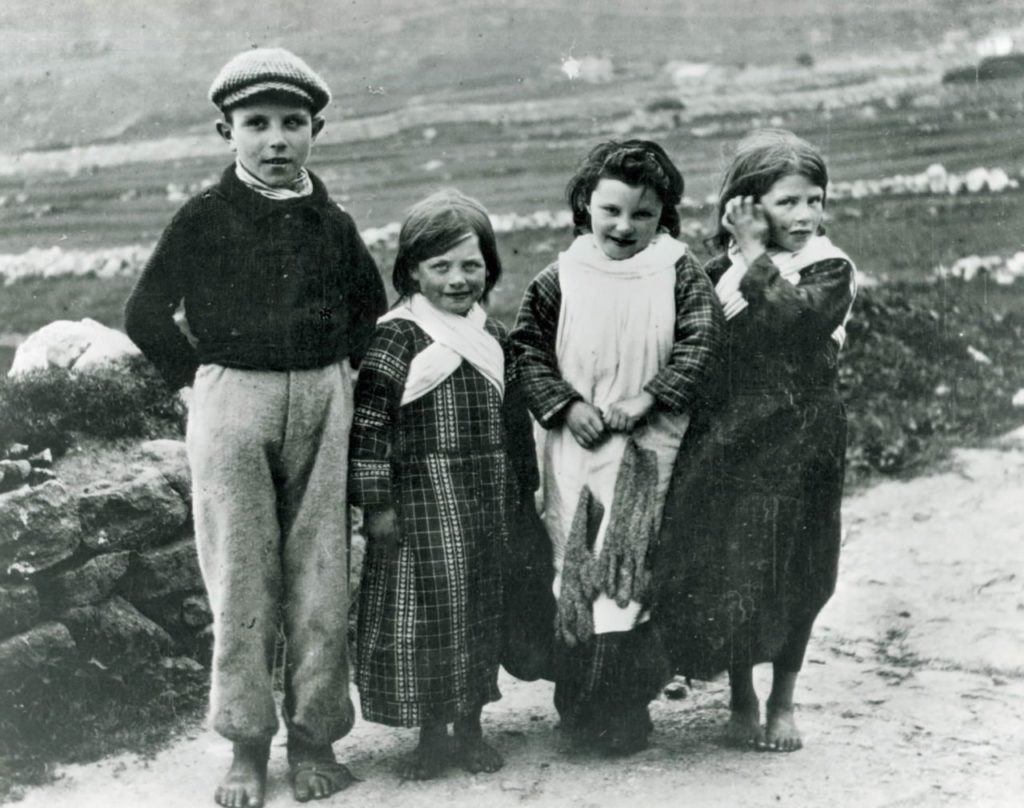
The last surviving native resident, Rachel Johnson, died aged 93 in Clydebank in 2016. She was eight when she, her family and the other remaining islanders left in 1930. Before the evacuation she was lowered by rope from clifftops to gather eggs.
St Kilda belongs to the National Trust for Scotland and is the UK’s only dual UNESCO World Heritage Site – listed for both its natural and cultural importance. These days it’s occupied by the staff of a small military base and, in the summer, trust employees and work parties.

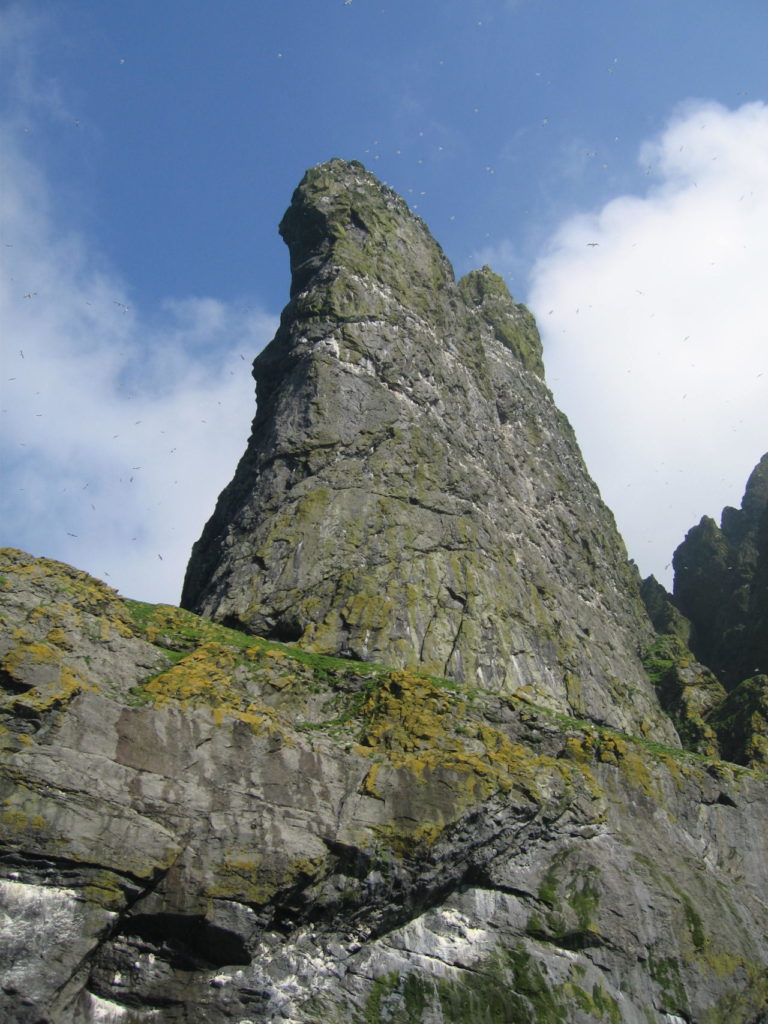 There are around a million seabirds on the islands, including huge puffin, gannet and fulmar colonies, as well as a unique wren. There is a species of large fieldmouse found nowhere else, and Soay sheep – a breed that dates from the Iron Age – roam freely on Hirta.
There are around a million seabirds on the islands, including huge puffin, gannet and fulmar colonies, as well as a unique wren. There is a species of large fieldmouse found nowhere else, and Soay sheep – a breed that dates from the Iron Age – roam freely on Hirta.
When we returned to the boat beneath lightening skies we were taken to view the birds as they soared noisily around the other islands – Boreray, Dun and Soay – and nearby sea stacs and roosted on rocky perches. Gazing up at the towering cliffs, it was remarkable to think of the islanders routinely clambering on them to gather eggs and birds. A spectacular end to a memorable day.
Verdict: Fabulous never-to-be-forgotten trip combining nature and social history.

Top tips: Take a packed lunch – there are no food outlets on Hirta, though there is a drinking water tap. The Puff Inn, a canteen for military and Trust staff, is not open to the public. Mobile phones don’t work on St Kilda, and there’s no internet access. There are public toilets and a souvenir shop. Wear warm clothes and walking boots or similar, and take waterproofs – remember, this is Scotland.
May 2019
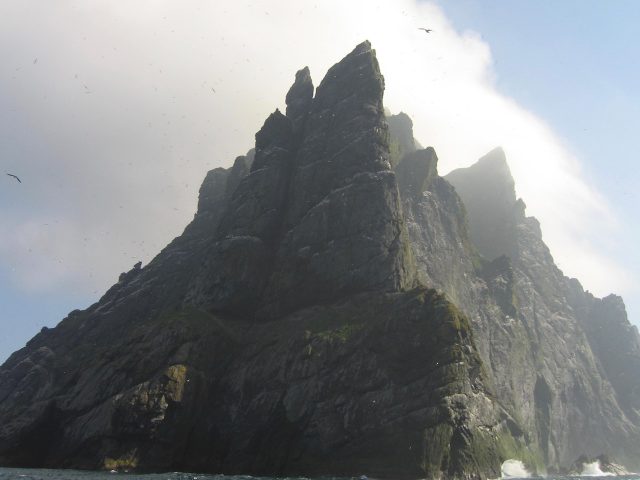


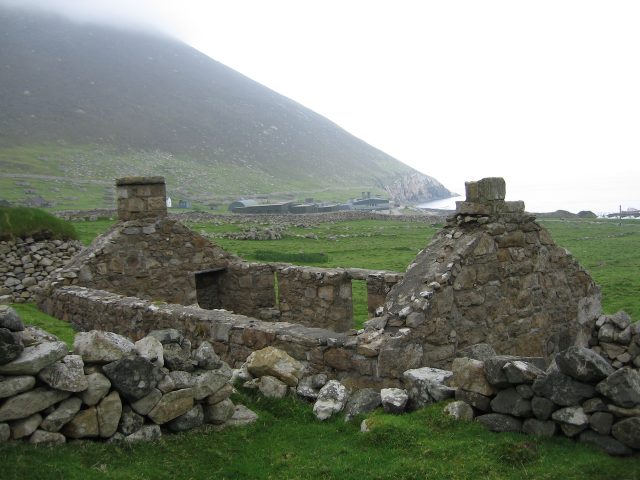
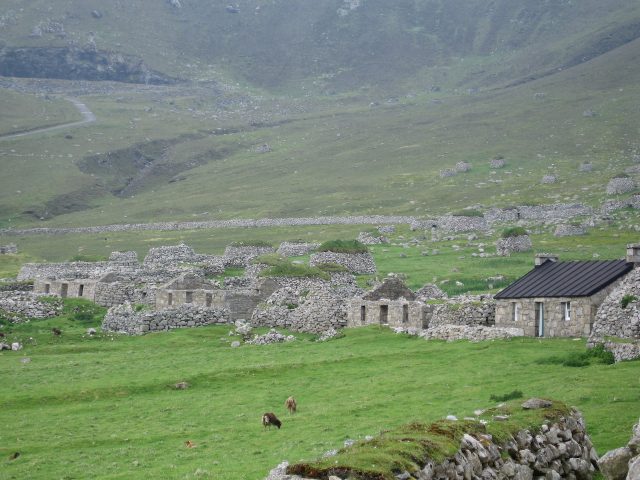

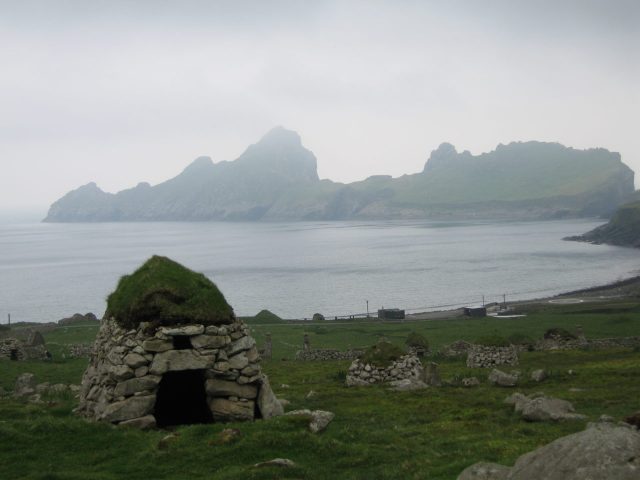
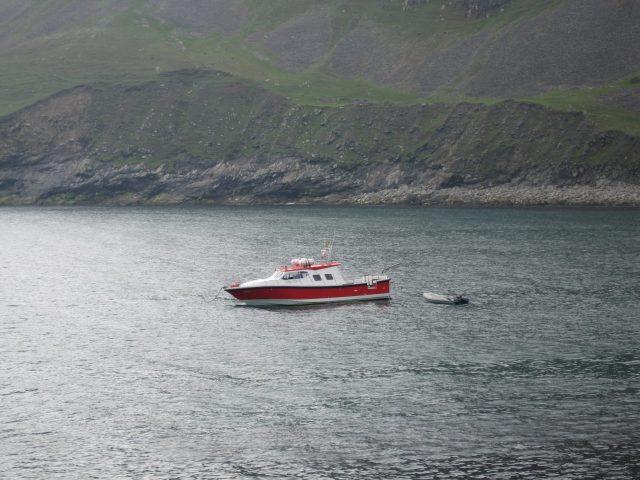

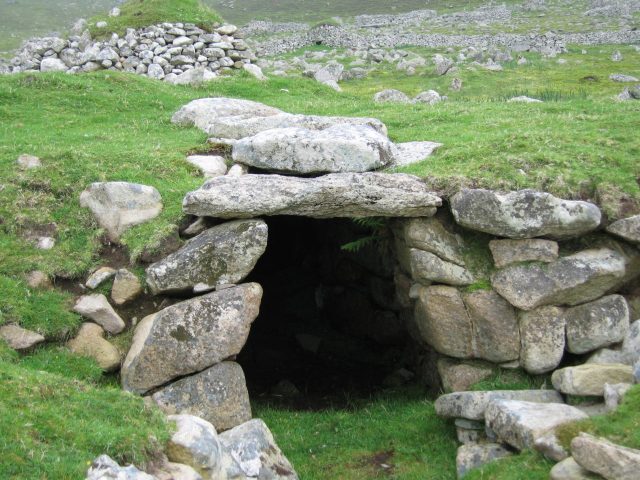
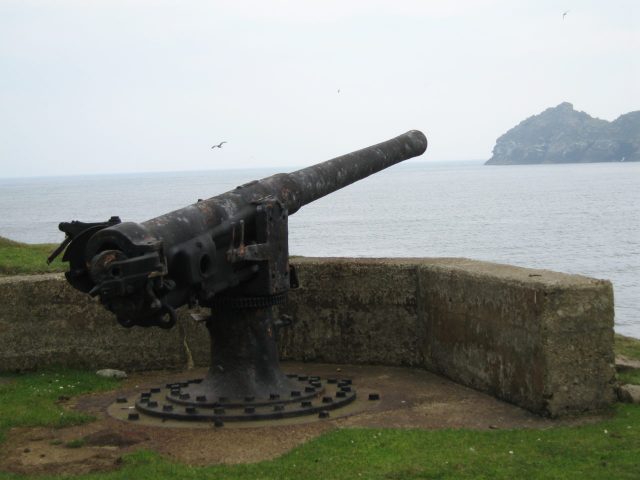



MORE INFO
 THE ST KILDA PAGE on the National Trust for Scotland’s site has plenty of information and lots of great photos. READ MORE
THE ST KILDA PAGE on the National Trust for Scotland’s site has plenty of information and lots of great photos. READ MORE
RECOMMENDED
 WELCOME TO OUR WORLD! Afaranwide’s home page – this is where you can find out about our latest posts and other highlights. READ MORE
WELCOME TO OUR WORLD! Afaranwide’s home page – this is where you can find out about our latest posts and other highlights. READ MORE
 TOP 10 VIRTUAL ATTRACTIONS: Many of the world’s most popular tourists sites are closed because of the coronavirus crisis, but you can still visit them virtually while you’re self-isolating. READ MORE
TOP 10 VIRTUAL ATTRACTIONS: Many of the world’s most popular tourists sites are closed because of the coronavirus crisis, but you can still visit them virtually while you’re self-isolating. READ MORE
 SHIMLA, QUEEN OF THE HILLS: Government officials once retreated to Shimla in the foothills of the Himalayas to escape India’s blazing hot summers. Now tourists make the same journey. READ MORE
SHIMLA, QUEEN OF THE HILLS: Government officials once retreated to Shimla in the foothills of the Himalayas to escape India’s blazing hot summers. Now tourists make the same journey. READ MORE
 TEN THINGS WE LEARNED: Our up-to-the-minute guide to creating a website, one step at a time. The costs, the mistakes – it’s what we wish we’d known when we started blogging. READ MORE
TEN THINGS WE LEARNED: Our up-to-the-minute guide to creating a website, one step at a time. The costs, the mistakes – it’s what we wish we’d known when we started blogging. READ MORE
 TROUBLED TIMES FOR EXPATS: Moving abroad can seem an idyllic prospect, but what happens when sudden upheavals or the inescapable realities of life intrude? READ MORE
TROUBLED TIMES FOR EXPATS: Moving abroad can seem an idyllic prospect, but what happens when sudden upheavals or the inescapable realities of life intrude? READ MORE